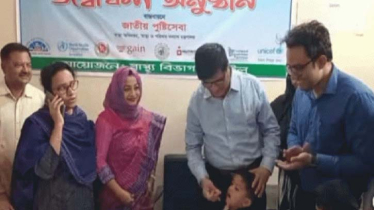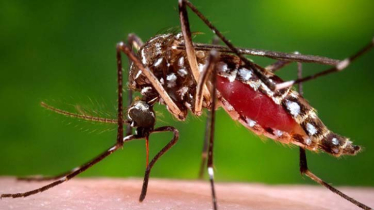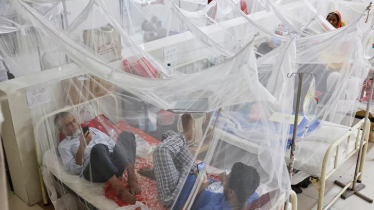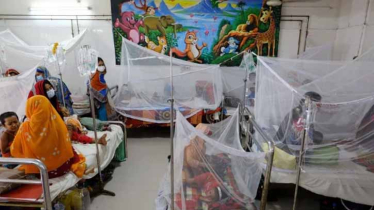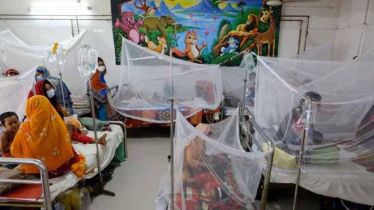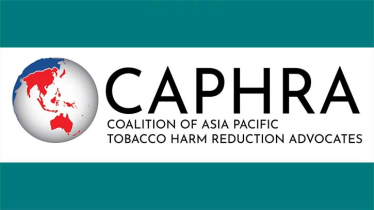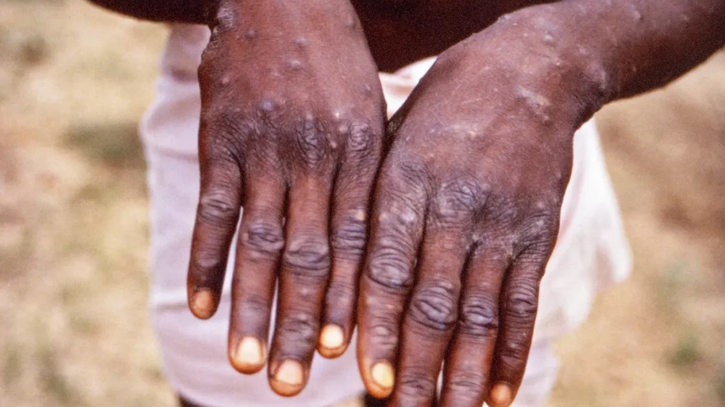
Photo: Collected
On August 14, The World Health Organization (WHO) declared Mpox or Monkeypox as a public health emergency of international concern, which is the highest alert the organization can decree. Since its earlier detection in the Democratic Republic of Congo in 2022, Mpox has been spreading across continents contaminating and killing thousands of people.
Recently, this deadly disease has been detected in Pakistan, sprouting fear in the neighboring South Asian countries. To stay safe, mass awareness should be raised against Mpox.
What is Mpox or Monkeypox?
Mpox or Monkeypox is a disease caused by the Mpox virus. When infected by this virus, people show symptoms similar to those of smallpox, like rashes, discolored and swollen lymph nodes, headache, muscle aches, fever, and so on.
Quite rare in humans, the Mpox virus mostly affects rodents, like rats, and mice, and primates, like gorillas, and monkeys. However, for the last two years, a new variation has been alarmingly raising concerns about infecting humans and causing deaths.
Mpox Variations
Till now, only two variations of the Mpox virus have been found liable for human illness—Clade I and Clade II. According to researchers, the variations liable for the recent outbreak and the outbreak in 2022 are different.
The global outbreak of 2022 that infected around 100,000 people was caused by the Clade II variation, whereas, Clade I is liable for the recent situation. The two mutant types share a few differences in terms of their ways of transmission, and symptoms.
Clade I
Clade I shows a pattern in its process of transmission, taking advantage of a person’s immunodeficiency, making them weak, and slowly pushing them towards death. The mortality rate among the Clade I victims ranges from 1% to 10%.
As per reports, the victims have been mostly the inhabitants of Congo. However, the number of victims went up due to the rapid contamination among people in other areas of the world. Clade I is more frequent among children who are infected through contact with animals or other members of their families.
Clade II
Clade II is responsible for the 2022 outbreak of Mpox. The death rate of Clade II is low, counting only 1% to 4%. The severity of the illness is also more tolerable, causing rashes on a random part of the body mostly around the face and torso instead of the full body.
How Did the Recent Variation of Mpox Spread?
The transmission pathways of Mpox are diverse, including close personal contact, contact with contaminated materials, and interaction with infected animals. Clade II, has shown unique patterns of spread, which has raised new concerns and challenges for public health efforts. Here are some common modes of Transmission of Mpox virus.
Close Personal Contact
The primary mode of Mpox transmission is through close, personal contact with an infected individual. This includes direct skin-to-skin contact with an infected person’s rashes, scabs, or bodily fluids.
The virus can also spread through contact with respiratory secretions such as saliva or mucus. Intimate activities, such as sex, as well as prolonged face-to-face interactions, can facilitate the transmission of the virus.
In the 2022 global outbreak of Clade IIb, the virus predominantly spread through sexual contact. This pattern of transmission underscores the importance of targeted public health messaging and interventions to prevent the further spread of the virus in at-risk populations.
Contact with Contaminated Materials
Mpox can also spread through contact with objects, fabrics, and surfaces that have been contaminated by an infected person. Items like bedding, towels, clothing can harbor the virus if they are not properly disinfected.
This mode of transmission highlights the importance of maintaining good hygiene practices and ensuring that environments, where infected individuals have been, are thoroughly cleaned and disinfected.
Animal-to-Human Transmission
Another significant route of Monkeypox transmission is through contact with infected animals. Mpox is endemic in certain wild animals in West and Central Africa, particularly rodents. People can contract the virus by hunting, trapping, or processing these animals, or through bites, scratches, or direct contact with an infected animal’s fluids or waste.
While the risk of transmission from pets is low, close contact with an infected pet, such as petting, cuddling, or sharing sleeping spaces, could potentially spread the virus to humans.
Recent Developments in Mpox Spread
In recent outbreaks, particularly in the Democratic Republic of Congo, the Clade I variant of the Mpox virus has shown an alarming trend of spreading through sexual contact.
Moreover, early evidence indicates that Clade I might possess certain properties that enhance its ability to spread from person to person more easily. This has raised concerns about the potential for more widespread outbreaks, particularly in regions with limited surveillance and healthcare infrastructure.
Conclusion
The recent variations of Mpox, particularly Clade II and Clade I, have shown concerning patterns of transmission.
The virus's ability to spread through close personal contact, contaminated materials, and interaction with infected animals highlights the importance of public awareness and targeted health interventions.
As the situation evolves, understanding the transmission pathways of Mpox or Monkeypox is essential for controlling the spread and protecting vulnerable populations.
Messenger/UNB/Shahed

